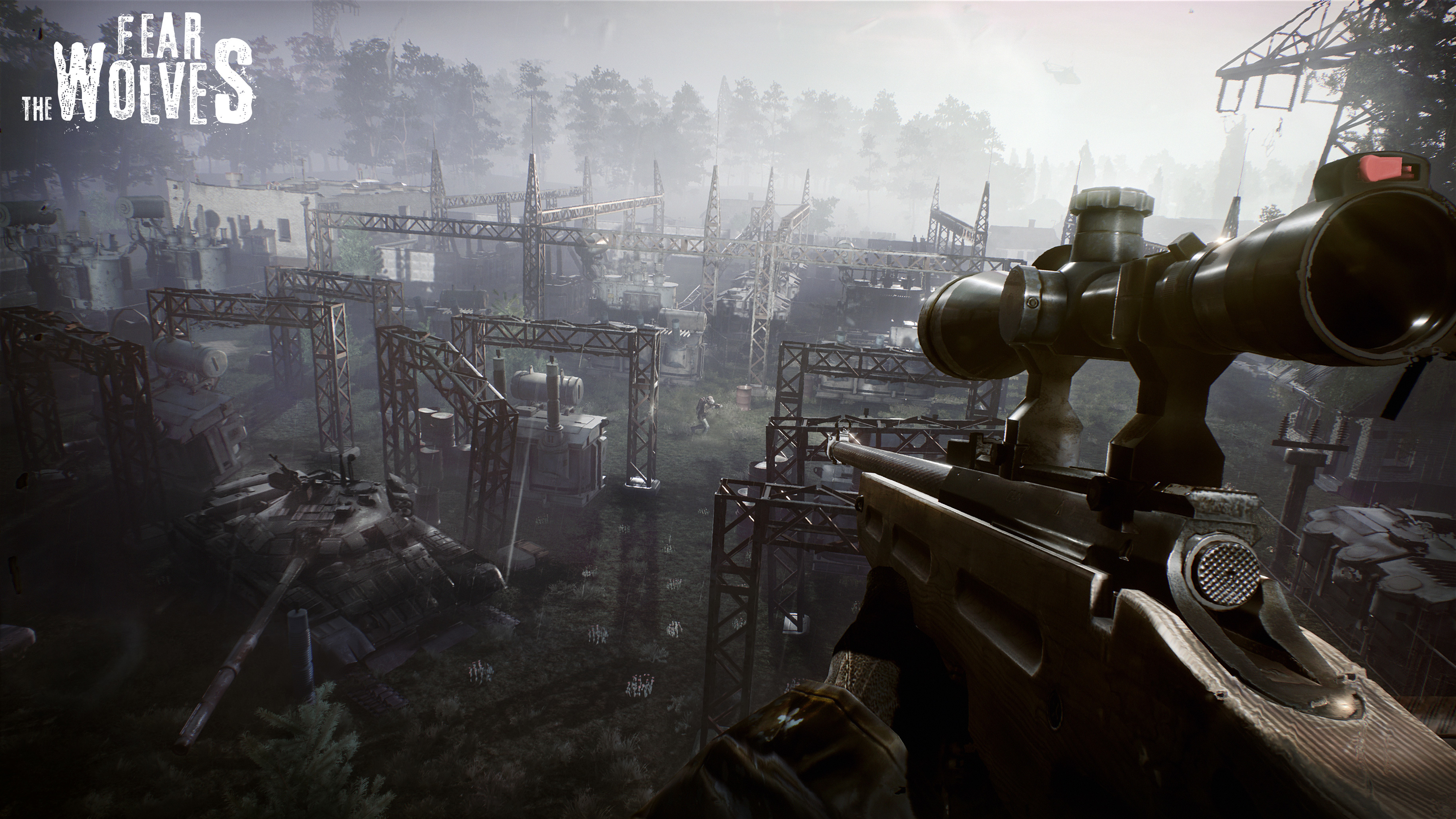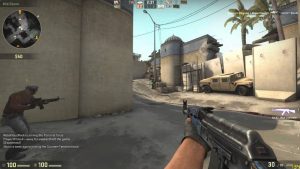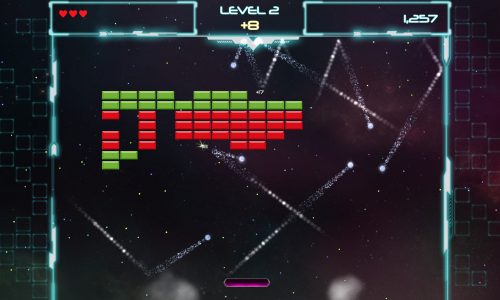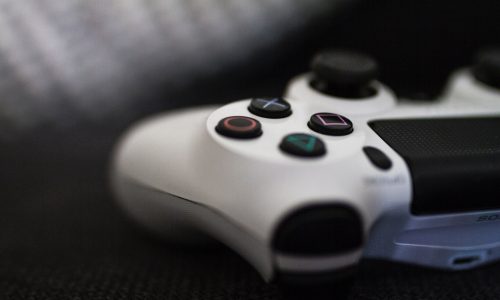
How to Improve Your Aim in FPS Games
- Adventure, Arcade, Art, Fighting, Game Modeling, Game Screenshots, Game Trailers, Graphics, MMO, Racing, Retro, RPG, Storyboards,
- October 5, 2019

Regardless of what FPS games you prefer, be it Counterstrike, Fortnite, Overwatch, or CoD, one skill you’ll need to master in order to even hold your own, let alone excel, is aiming. Being able to get a bead on your target quickly and accurately could mean the difference between securing the kill with a nice headshot, or getting gunned down as you give away your position with a few missed shots. Here are a few things to consider if you really want to rack up your kill streak and improve your aim.
Hardware
Your aim is only as good as your mouse and mousepad, so ensure your hardware is up to scratch for 2019. Thanks to mouse sensor technology being as advanced as it is, you can likely get a decent mouse without breaking the bank and if you’re looking for a FPS mouse check out icontrolpad.com. Since speed is essential, you’ll want something light weight, that way you can whip your cursor around the screen without too much effort. Investing in a mouse with at least one or two side buttons to map either abilities or grenades to will help also, so your keyboard hand can be entirely dedicated to movement. You also want a mouse with the lowest possible response time. If your mouse cursor or the response to your mouse input is slower than the physical movement of your mouse, even if its just slight enough to be noticeable, it will definitely throw off your aim, and form bad habits as you’ll learn to compensate for your mouse’s response time. This will definitely come back to bite you once you upgrade to a better mouse, as your muscle memory will be trained with the delay in mind. As for mousepads, you’ll want one that covers the entire mouse area. The last thing you’ll want is to have to pick up your mouse mid firefight because you ran out of mousepad. While there are plenty of desk sized mousepads, if you want a more personalized touch, look into purchasing a custom play mat. Play mats are usually used for CCG games like Magic and Yu-Gi-Oh, but they are made of the same material as mousepads, and should cover your entire keyboard tray or desk space.
Posture and Grip and Sensitivity
While it may not seem like a big deal at first glance, your posture and your grip can play a massive role in your performance. If you’re not comfortable while you play, it will have a negative impact on your performance, as you’ll be constantly readjusting. Try not to slouch, as your forearm will take up prime real estate you could be using for mouse movement, and you might end up dragging your arm as you move the mouse, slowing you down dramatically. There are multiple ways of holding the mouse, as well as moving it around the mousepad. You can either use broader sweeping motions if you prefer having a lower sensitivity and DPI setting, making the cursor move the same distance as the mouse across your screen. Alternatively, you can keep your hand fairly stationary, using a higher sensitivity and move the mouse across the screen using subtle shifts in your hand’s position using your wrist. There’s no magic setting that will make you a better shot, so play a few practice games or games versus AI where applicable to find your personal sweet spot. Also, don’t go overboard changing the sensitivity every time you have a bad game. A large part of performing better comes down to muscle memory, which takes time. Only change your sensitivity from your usual comfort zone if you have a stretch of bad games and you really think the issue is either over or undershooting targets due to the sensitivity.
Gameplay and Awareness
While all the settings in the world can help get the speed and accuracy you need from a technical standpoint, it won’t do you any good without building good habits in game. Depending on your playstyle, there are generally two types of aiming when it comes to FPS games. There’s tracking, where you keep your sights trained on a single target while firing. This is usually used with automatic weapons or DPS weapons like Heavy’s mini-gun in TF2 or Pyro’s flamethrower. Then there’s flick shooting, where you flick the mouse over a target to fire and then reset to a neutral position or a position where you expect your next target to be. This is more useful for sniping or single shot high power weapons that benefit more from precision, dealing more burst damage. Regardless of your playstyle, it’s important to keep a few things in mind when playing in general. Always try to predict where your enemy will be coming from, and try to keep your crosshair trained accordingly. If you’re winding through corridors, always keep your crosshair trained on the next corner in case an enemy is near. If you’re scanning an area from a sniper spot, keep your crosshair centralized in the middle of the most commonly used entry points. The more you have to react to enemies rather than predict them, the worse your aim will be.
Practice, Practice, Practice
Practice is essential to improving your aim. You aren’t going to magically get better just by changing a few settings, and all the tech in the world can’t make up for low skill level. The good news is that skill is something that can be improved, it just takes time. It’s best to practice in your game of choice, rather than using browser games that test reflexes and such, as the mouse movements down always line up with the in game sensitivity settings. If you’re just starting out, it’s best to use custom games against AI and play with the settings, dropping damage modifiers down and setting bots to at least hard so that their movements are somewhat realistic. From there, practice strafing and keeping the crosshair trained on them for tracking, or if you’re practicing flick shots, try to score as many headshots as possible. The important part is don’t get discouraged and just keep at it. Soon enough, the muscle memory will kick in and the aiming itself will become more and more natural, until you’ll barely have to think about the actual aiming and can focus more on strategy and tactics, but that’s a topic for another day.




